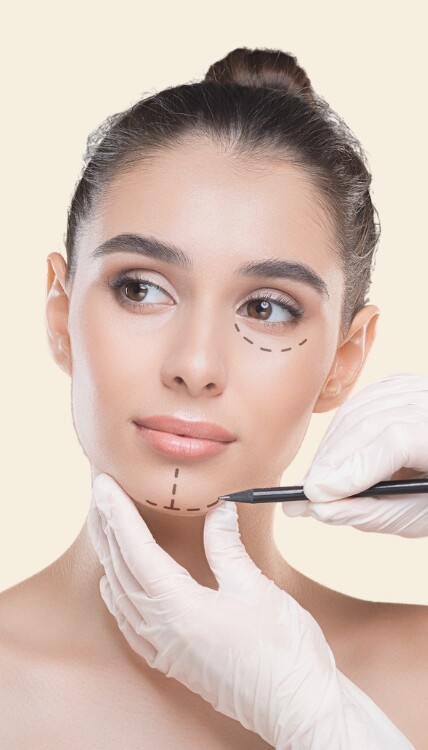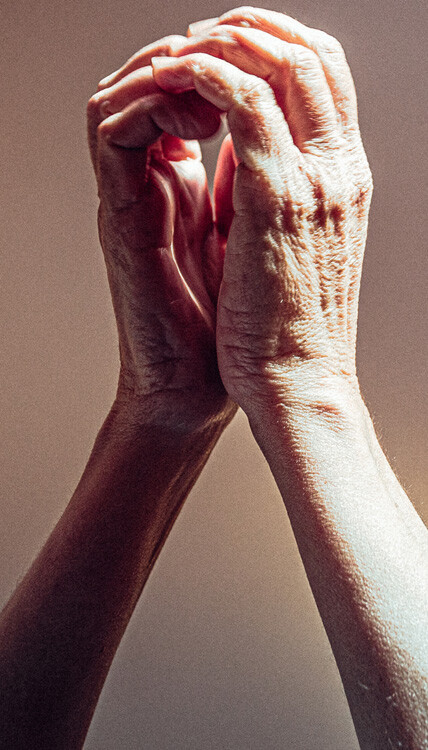Key Takeaways:
- Cosmetic surgery is an elective choice, while reconstructive surgery is medically necessary.
- Reconstructive surgery is often focused on restoring function or appearance, such as for breast cancer patients after a mastectomy.
- It is important to consider the costs and potential risks associated with cosmetic surgeries, as these are not usually covered by insurance.
This video features Jamie Hill, Practice Coordinator/Manager of Politis Plastic Surgery, who provides an explanation of the difference between cosmetic and reconstructive surgery. Jaime states that cosmetic surgery is an elective procedure that individuals opt for to enhance their aesthetics, such as breast augmentation or liposuction. These procedures are typically not covered by insurance and require payment in cash. On the other hand, reconstructive surgery is meant to treat medical conditions, birth defects, burns, or injuries, and it is usually covered by insurance as it is medically necessary. In their practice, breast reconstruction for breast cancer patients is a predominant reconstructive procedure.
Jaime Hill’s explanation is crucial in understanding the significant differences between the two types of plastic surgeries. Cosmetic surgery is a choice, a luxury, while reconstructive surgery is often a necessity. Cosmetic surgery is meant to enhance one’s appearance, while reconstructive surgery is meant to restore function or appearance, such as after a disease or injury.
Plastic surgery has become increasingly popular, and it is critical to understand the differences between the types of surgeries. Jaime Hill’s explanation helps to clear the confusion and misconception about the two surgeries. Jaime Hill’s distinction between the two types of plastic surgery highlights the essential nature of reconstructive surgery and its importance in restoring people’s lives.
It is important to note that while cosmetic surgeries are an elective choice, they also have their benefits. Cosmetic surgery can improve an individual’s self-esteem, enhance their self-image, and boost their confidence. Individuals may choose to undergo cosmetic surgery to help them feel better about themselves, and there is nothing wrong with this. However, it is important to consider the costs and potential risks associated with cosmetic surgeries, as these are not covered by insurance.
Reconstructive surgery, as highlighted by Jaime, is primarily focused on restoring function or appearance. One of the critical examples of reconstructive surgery is breast reconstruction, which is often performed for breast cancer patients who have undergone a mastectomy. This procedure not only restores the physical appearance of the breast, but it also helps patients regain their confidence and sense of femininity. Other examples of reconstructive surgery include repairing cleft lips, restoring damaged tissue after an injury, or reconstructing parts of the body after a disease.
In conclusion, plastic surgery plays an important role in society, and understanding the differences between cosmetic and reconstructive surgery is essential. While cosmetic surgery is a luxury, reconstructive surgery is often a medical necessity. Jaime Hill’s explanation helps to clarify the difference between the two types of plastic surgery, and how they can have a positive impact on individuals’ lives. It is important to consider the costs and potential risks associated with cosmetic surgeries, while reconstructive surgery can restore function, confidence, and appearance to patients who have suffered from diseases, birth defects, or injuries. Ultimately, it is up to the individual to decide whether they want to undergo plastic surgery, and it is essential to consult with a qualified plastic surgeon to make an informed decision.
TRANSCRIPTION:
My name is Jamie Hill and I’m with Politis Plastic Surgery.
A lot of people wonder what the difference is between cosmetic and reconstructive surgery.
We provide both at this practice.
The difference in cosmetic and reconstruction is cosmetic is usually an elective procedure
that you choose to have done to enhance your aesthetics.
Maybe you want to be just the best version of you that you can be and maybe that means
you have larger breasts or a flatter stomach.
So those are cosmetic surgeries.
Typically those are not covered by insurance.
Those are cash pay procedures versus reconstructive surgery is used to treat usually a disease
process or a birth defect or something, a burn, something that insurance is going to
cover because we’re fixing, you know, something medically indicated for you.
In our practice, the bulk of what we do when it comes to reconstruction is breast reconstruction
because of breast cancer.
Sources:
- “What is an Elective Surgery?” OSF HealthCare, 5 June 2019, https://www.osfhealthcare.org/blog/what-is-an-elective-surgery/.
- “Cosmetic Surgery vs. Plastic Surgery.” American Board of Cosmetic Surgery, https://www.americanboardcosmeticsurgery.org/patient-resources/cosmetic-surgery-vs-plastic-surgery/.
- Hunt, Kaitlyn. “What’s the Difference Between a Cosmetic and Plastic Surgeon?” Healthline, Healthline Media, 9 January 2020, https://www.healthline.com/health-news/whats-the-difference-between-a-cosmetic-and-plastic-surgeon.
- “Breast Reconstruction.” National Cancer Institute, U.S. National Institutes of Health, 7 April 2020, https://www.cancer.gov/types/breast/reconstruction-fact-sheet.




